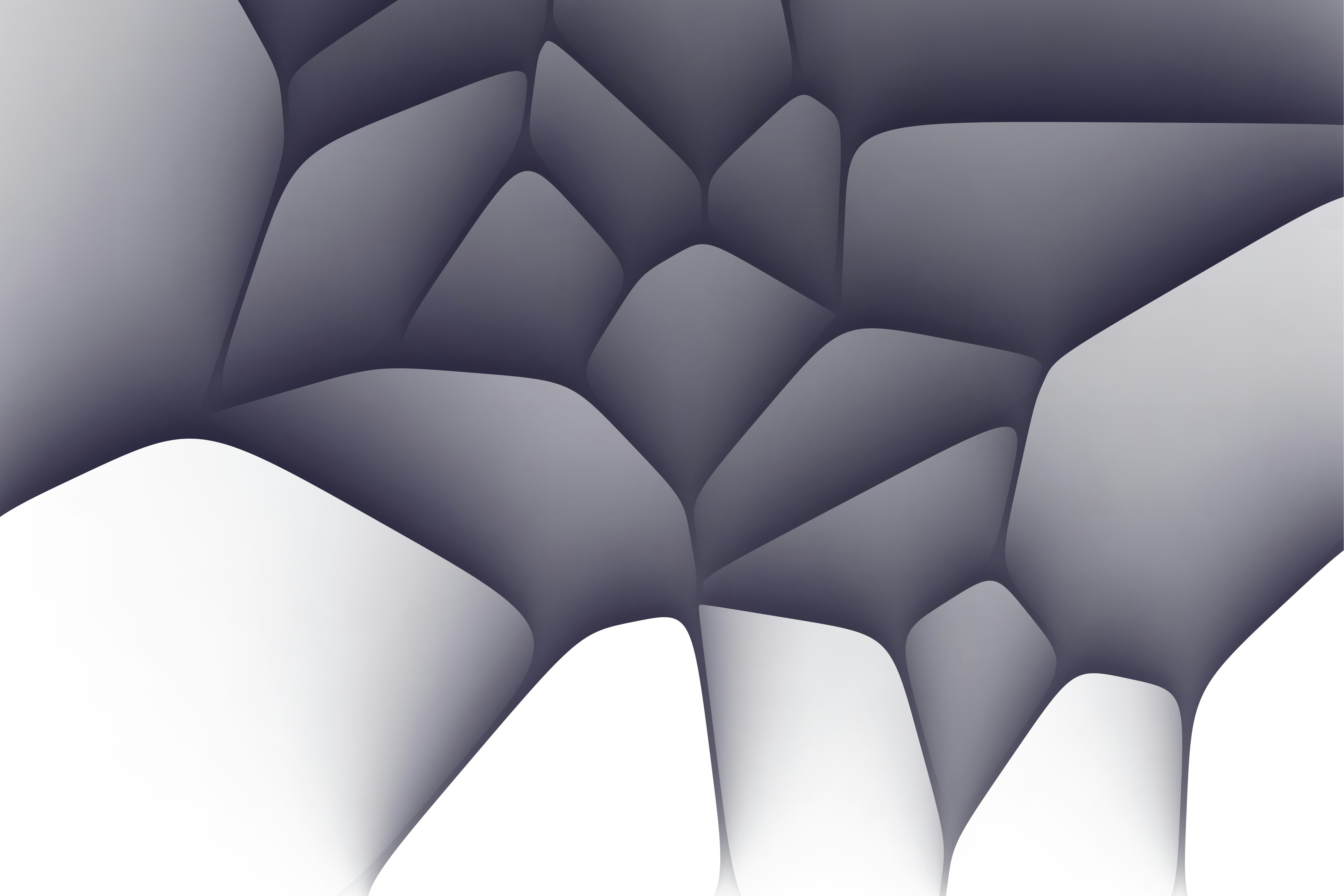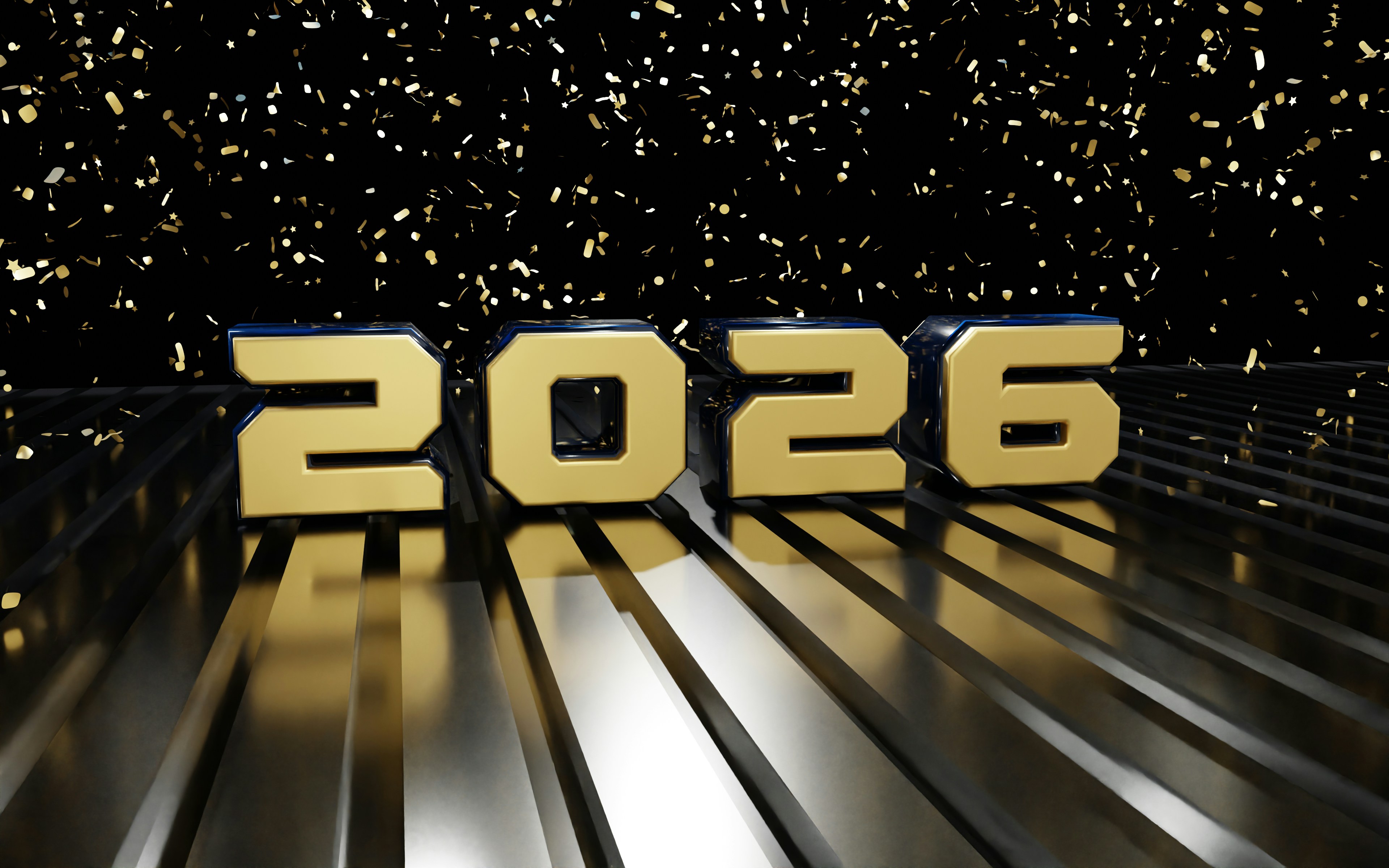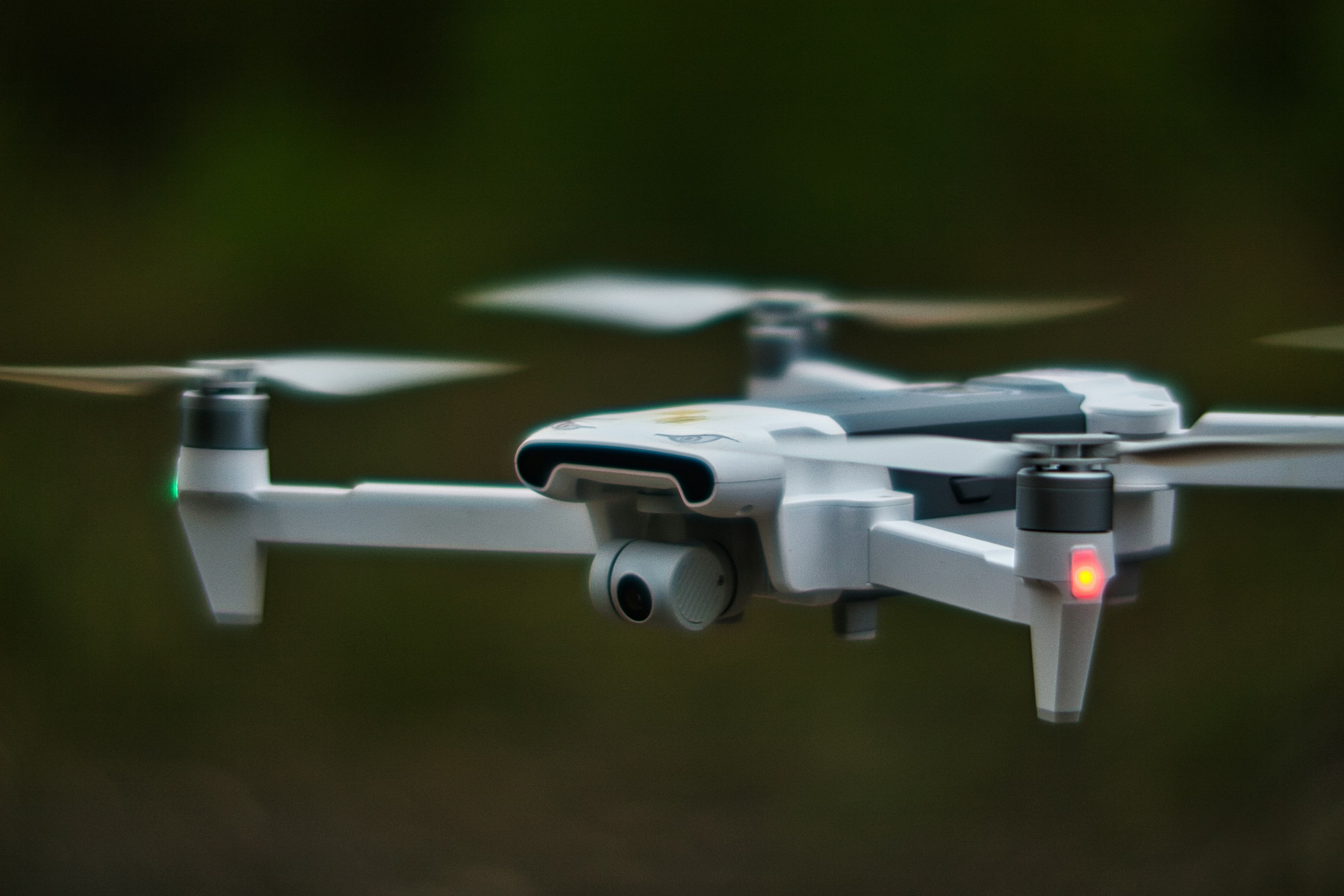
UAV Job Interview Warm‑Up: 30 Real Coding & System‑Design Questions
Unmanned Aerial Vehicles (UAVs)—commonly referred to as drones—have rapidly transformed modern industries. From agriculture and mapping to logistics, search & rescue, and cinematography, UAVs are revolutionising how we capture data, transport goods, and assist in complex tasks. As UAV systems become more advanced, the demand for engineers, software developers, and flight control experts with deep UAV expertise continues to grow.
If you’re exploring UAV job interviews, you can expect a blend of hardware, software, control theory, and safety-related questions. Whether you’re focusing on flight controller firmware, autopilot algorithms, computer vision, or fleet management, your interviewers want to see you can handle the intricacies of real-time control, sensor fusion, and robust design.
This blog post covers 30 real coding & system-design questions you might encounter when interviewing for a UAV role—plus insights into why thorough interview prep matters. For the latest UAV opportunities in the UK, check out www.uavjobs.co.uk, a dedicated platform connecting drone professionals with innovative companies across multiple verticals.
Let’s dive into the specific skill sets that UAV interviews test—and how you can showcase your capabilities to future employers.
1. Why UAV Interview Preparation Matters
UAVs combine aerospace engineering, embedded systems, AI (for autonomy), and network communications—all while needing to meet safety and regulatory standards. Here’s why structured prep is vital:
Demonstrate Technical Versatility
UAV teams are often cross-functional, involving mechanical, electrical, software, and aerospace disciplines.
Employers will probe if you can integrate flight dynamics, sensor data processing, and robust software architectures.
Master Real-Time Control & Safety
Drones operate in dynamic environments, requiring stable flight controllers and quick response to external disturbances.
Interviews often check your ability to design fail-safes, handle sensor failures, and ensure flight stability.
Showcase Automation & Autonomy
As UAVs become more autonomous, your knowledge of path planning, obstacle avoidance, and vision-based navigation can be decisive.
Prepare for questions on algorithms, from Kalman filters to AI-based detection.
Emphasise Communication & Collaboration
UAV development isn’t siloed—frequent collaboration with testers, pilot operators, and regulatory bodies is typical.
Your ability to explain complex flight software or hardware constraints to diverse teams is key.
Adapt to Rapid Evolution
Drone technology moves quickly, with new sensors, better batteries, and evolving government regulations.
Candidates who show an eagerness to learn and adapt stand out.
With thorough preparation across flight control, embedded software, aerial robotics, and safety best practices, you’ll be better equipped to impress in UAV interviews. Next, let’s step through 15 coding questions relevant to UAV roles.
2. 15 Real Coding Interview Questions
Coding Question 1: PID Controller for Quadcopter Pitch
Question: Write embedded C/C++ code that implements a PID controller for regulating the pitch angle of a quadcopter.What to focus on:
Variables for pitch setpoint, current pitch, error terms,
Summing P, I, D components,
Handling integral windup, ensuring real-time constraints.
Coding Question 2: Sensor Fusion for IMU
Question: Show how you’d fuse accelerometer and gyroscope data to estimate a UAV’s orientation, possibly using a complementary filter.What to focus on:
IMU raw data handling,
Weighted combination of gyro integration vs. accelerometer stability,
Implementation details (time delta, filter constants).
Coding Question 3: Waypoint Navigation State Machine
Question: Implement a finite state machine in C/C++ that transitions a UAV through states: IDLE, TAKEOFF, TRAVEL, HOLD, LAND, based on external triggers.What to focus on:
Clear transitions and triggers,
Handling emergency overrides,
Code structure for maintainability.
Coding Question 4: MAVLink Parsing
Question: Given a MAVLink data packet, demonstrate code that extracts the message ID, payload, and checks the CRC before passing the data to higher-level logic.What to focus on:
MAVLink packet format (start byte, length, msg ID, checksum),
Byte-level parsing,
Error detection and handling.
Coding Question 5: Quadcopter Mixer
Question: Write code that calculates each motor’s throttle output from pitch, roll, yaw, and collective throttle inputs.What to focus on:
Summation logic: motor 1 = throttle + pitch_correction + roll_correction - yaw_correction, etc.,
Normalisation or clamping outputs to valid [min, max] range,
Handling potential motor saturations.
Coding Question 6: GPS Parsing
Question: Parse an NMEA sentence (e.g., GGA) in C and extract latitude, longitude, and fix quality.What to focus on:
String tokenisation,
Converting ASCII to float,
Checking data validity or partial sentences.
Coding Question 7: Flight Data Logging
Question: Demonstrate how to log sensor data (IMU, barometer) in real-time to an SD card. Emphasise minimal overhead and data integrity.What to focus on:
Buffered writes,
Handling potential brown-out or partial writes,
Timestamping each record from a stable clock.
Coding Question 8: Computer Vision for Object Tracking
Question: Implement a simple tracking algorithm (e.g., a colour blob or optical flow) for a drone’s downward camera.What to focus on:
OpenCV usage (if high-level environment) or custom filtering,
Real-time constraints (frame rate, memory usage),
ROI updates or robust centroid detection.
Coding Question 9: Adaptive Control Gains
Question: Write pseudocode that adjusts PID gains in flight based on battery voltage or weight changes to maintain stable flight.What to focus on:
Monitoring battery voltage changes,
Mapping these changes to gain scheduling,
Smooth transitions vs. abrupt changes in control loop.
Coding Question 10: Mesh Networking
Question: Demonstrate a method (in Python or C) for a UAV to broadcast telemetry over a mesh network protocol to ground stations or other UAVs.What to focus on:
Packet structure, addressing,
Handling dynamic node joins/leaves,
Potential reliability or retry strategies.
Coding Question 11: PWM Input Capture
Question: Write microcontroller code that captures PWM input from an RC receiver channel to decode user commands.What to focus on:
Timer/capture registers,
Calculating pulse width, mapping to servo range,
Handling noise or glitch filtering.
Coding Question 12: Drone Health Monitoring
Question: Code a function that checks CPU usage, sensor status, battery, and motor currents, then sets a “system healthy” flag if all are within thresholds.What to focus on:
Data structure for health checks,
Update frequency,
Communication if not healthy (LED blink, error log).
Coding Question 13: Path Planning in 2D
Question: Implement a basic A* algorithm for a drone operating in 2D ground plane (assuming altitude is fixed), returning waypoints around obstacles.What to focus on:
Occupancy grid or cost map,
Heuristic function (Manhattan or Euclidean),
Constructing final path from closed set.
Coding Question 14: Failsafe Landing Routine
Question: Outline code that triggers an emergency landing if the RC signal is lost for more than 3 seconds, using barometer and IMU for stable descent.What to focus on:
Detecting signal loss,
Gradual throttle cut while maintaining level attitude,
Possibly using GPS for a slow auto-home or direct descent.
Coding Question 15: Kalman Filter for Altitude Estimation
Question: Show pseudocode for a simple Kalman filter that combines barometer altitude with vertical acceleration from an IMU to get smoother altitude readings.What to focus on:
Predict step (acceleration integration),
Update step (barometric measurement),
Covariance updates.
With these coding exercises, you’ll demonstrate your ability to handle sensor data, flight control logic, communication protocols, and navigation. Next, we’ll cover 15 system design scenarios that test higher-level UAV architecture and integration.
3. 15 System & Architecture Design Questions
Design Question 1: Quadcopter Flight Stack Architecture
Scenario: You’re creating a quadcopter autopilot system from scratch. Outline the major software modules (sensor drivers, state estimation, flight control, failsafe, telemetry).Key Points to Discuss:
Module boundaries (e.g., sensor fusion separate from attitude control),
Data flows between modules,
Real-time scheduling, priority for control loops.
Design Question 2: Ground Control Station Integration
Scenario: A UAV must communicate live telemetry to a ground control station (GCS). Explain how you’d design the link, message protocol, and GCS UI.Key Points to Discuss:
Wireless link type (Wi-Fi, 4G, proprietary RF),
Message packaging (MAVLink or custom),
GCS software features (map display, parameter tuning, mission planning).
Design Question 3: Swarm Coordination
Scenario: You have 10 drones operating in a formation. Discuss how you’d coordinate collision avoidance, communication, and distributed planning.Key Points to Discuss:
Communication topology (mesh vs. central coordinator),
Real-time obstacle sharing,
Formation control algorithms (leader-follower, consensus-based).
Design Question 4: Autonomous Delivery Drone
Scenario: A startup wants a drone delivering small packages in urban areas. Outline the system from route planning, package handling, to safe landing.Key Points to Discuss:
Geofencing around restricted airspace,
Computer vision or IR sensors for landing site detection,
Integration with a backend for scheduling, updates, track & trace.
Design Question 5: Hybrid UAV (VTOL + Fixed-Wing)
Scenario: Design a UAV that takes off vertically but transitions to fixed-wing flight. How do you manage transitions and control surfaces?Key Points to Discuss:
Two flight modes (multirotor vs. fixed wing), blending control laws,
Motor arrangement or tilt-rotor mechanism,
Minimising instability during transition states.
Design Question 6: Payload & Power Management
Scenario: You have a drone with multiple payloads (camera, LiDAR). Propose how to manage power distribution and ensure flight time doesn’t degrade severely.Key Points to Discuss:
Battery capacity, power rails, current monitoring,
Possibly dynamic load shedding or prioritised power usage,
Heat dissipation for high-power sensors.
Design Question 7: UAV Logging & Diagnostics
Scenario: You need to store flight logs for post-flight analysis. How do you handle multi-source data (IMU, GPS, camera) in a synchronised manner?Key Points to Discuss:
Timestamps from a unified clock,
Buffering data on SD card or offloading mid-flight to ground,
Overcoming potential file corruption if power is lost suddenly.
Design Question 8: Collision Avoidance with Computer Vision
Scenario: A drone must detect obstacles in front using stereo cameras or a depth sensor. Outline your approach to real-time processing and avoidance commands.Key Points to Discuss:
Depth map generation or object detection (e.g., YOLO),
Reaction logic (stop/hover, path re-planning),
Handling latencies or false positives.
Design Question 9: Remote Firmware Update
Scenario: Design a system for OTA (Over The Air) firmware updates of a drone fleet. Discuss security, rollback, and reliability.Key Points to Discuss:
Secure bootloader, signature checks,
Partial downloads with resume,
Automatic rollback if new firmware fails at boot.
Design Question 10: BVLOS (Beyond Visual Line of Sight) Ops
Scenario: A drone operates beyond visual range. How do you ensure safe, stable flight and regulatory compliance (e.g., detect-and-avoid, real-time telemetry)?Key Points to Discuss:
Redundant comm links (LTE, satcom?),
Automated sense-and-avoid systems (ADS-B if manned-aircraft integration),
Logging flight data for authority review.
Design Question 11: Swappable Payload Mechanism
Scenario: A drone can swap payloads (thermal camera, multispectral sensor). Propose how you detect and initialise each payload’s driver at runtime.Key Points to Discuss:
Physical interface (power, data bus: USB, SPI?),
Autodetect via ID pins or a small EEPROM,
Software modular approach for driver loading, calibration routines.
Design Question 12: UAV Fleet Management Backend
Scenario: You have 50 drones, each sending telemetry to a cloud service. Design the architecture for real-time monitoring, historical data storage, and alerting.Key Points to Discuss:
Message broker (MQTT, AMQP),
Database schema for flight logs, events,
Scalable front-end to visualise all drones on a map, with alerts on anomalies.
Design Question 13: Redundant Flight Controllers
Scenario: A high-end UAV has two flight controllers for redundancy. Explain how they share sensor data and decide which controller is active if a fault occurs.Key Points to Discuss:
Synchronising sensor readings, voting or master-slave arrangement,
Health checks, heartbeat signals,
Automatic switchover logic if the master fails.
Design Question 14: Fail-Safe Landing on GPS Loss
Scenario: If the drone loses GPS signal mid-flight, propose a system that uses IMU, barometer, and vision to return home or perform a controlled descent.Key Points to Discuss:
Inertial navigation and relative positioning,
Possibly memorising takeoff location or searching for a known landmark,
Decision thresholds for landing vs. continuing flight.
Design Question 15: UAV Testing & Certification
Scenario: Outline how you’d set up hardware-in-the-loop testing plus real flight tests to certify a UAV’s flight stack.Key Points to Discuss:
HIL test environment with sensors simulated,
Gradual approach: bench test, tethered flight, open test field,
Logging and documentation for regulatory or internal QA compliance.
These system design scenarios demonstrate your ability to architect complete UAV solutions that integrate sensors, controllers, software modules, and safety measures. Finally, let’s end with interview tips to help you excel.
4. Tips for Conquering UAV Job Interviews
Revisit Flight Dynamics & Control
Refresh your knowledge of quadcopter or fixed-wing equations of motion, PID controllers, and extended/unscented Kalman filters for state estimation.
Employers expect clarity on how you’d handle real-time feedback loops.
Highlight Practical Projects
If you’ve built or programmed a drone, mention your firmware design, sensor calibration, or flight tests.
Videos or GitHub repos showcasing stable flight or creative UAV tasks can impress.
Understand Key Protocols
MAVLink, CAN, or custom serial protocols are common for UAV communication.
Show you can parse and handle them in code, integrate with ground station software.
Stress Reliability & Safety
Drones can pose risk to property/people. Demonstrate your approach to fail-safes, e-stop logic, sensor fallback, and compliance with local air regulations.
If relevant, mention flight logs or analytics for post-flight checks.
Master Sensor Fusion
UAVs rely on multiple sensors: IMU, GPS, barometer, magnetometer, cameras.
Emphasise knowledge of multi-sensor filtering, outlier rejection, and error handling.
Show Collaboration Skills
UAV projects often require cross-disciplinary collaboration: mechanical frames, electronics, software, regulatory.
Mention times you integrated feedback from mechanical or business teams, or performed user acceptance tests.
Explain Real-World Constraints
Battery life, payload weight, environment hazards (wind, obstacles), and data link reliability.
Employers appreciate design choices that address these constraints effectively.
Stay Current on UAV Trends
Drone deliveries, VTOL systems, swarm AI, 4G/5G connectivity, LiDAR-based autonomy.
Discuss how new sensor or battery tech might impact your designs or approach.
Ask Intelligent Questions
Inquire about the company’s test flight framework, sensor choices, or integration pipeline.
Reflect genuine interest and help you gauge if the environment suits your interests.
Project Confidence & Problem-Solving
UAVs can encounter unpredictable field issues.
Employers value candidates who remain calm under pressure, adapt quickly, and systematically troubleshoot flight anomalies.
By combining robust technical grounding, real-world UAV experiences, and an adaptive mindset, you’ll demonstrate readiness to tackle the complex challenges in UAV development.
5. Final Thoughts
In the UAV industry, innovation moves at breakneck pace—blending robotics, aerodynamics, IoT communications, and AI. As you prepare for UAV job interviews, revisiting fundamentals (like flight control, sensor fusion, and safety measures) while practising hands-on coding and system architecture is invaluable. The 30 questions presented here will help hone your understanding of UAV development’s intricacies, from real-time embedded code to high-level swarm coordination.
When you’re ready to find new opportunities in this exciting sector, visit www.uavjobs.co.uk for UK roles at start-ups, large aerospace companies, or research labs. With thorough preparation, you’ll be well‑positioned to seize emerging opportunities and help shape the future of unmanned flight—whether for delivery, inspection, emergency response, or next‑generation passenger drones.
Good luck—and may your UAV interviews take off smoothly!


